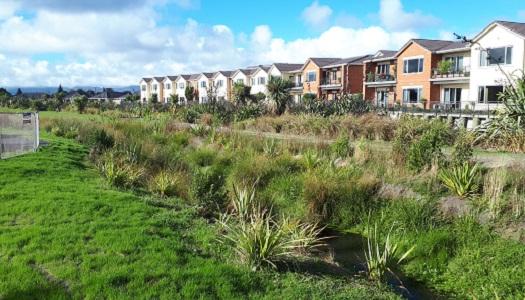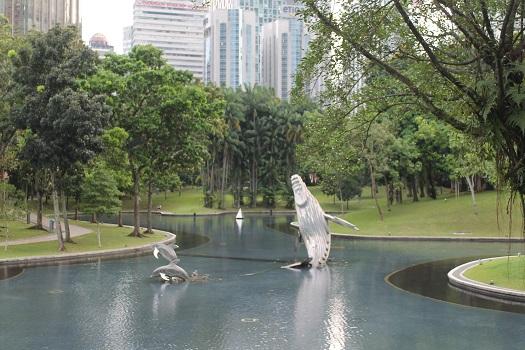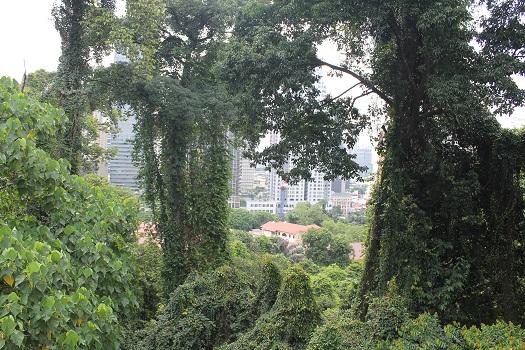Urban green space can provide more than just a place to chill!

The various benefits of urban green space have been well documented. Urban green space improves the health of the community living in proximity to it, can provide valuable oasis for urban wildlife (including rare and endangered species), contributes to the resilience and ecological functionality of the urban landscape, can help to mitigate and adapt to climate change and contributes to the prosperity of the urban economy. These are called co-benefits.
All these benefits are provided to some degree in any urban green space but can be significantly enhanced if the design and policy context in which the green space is situated enhances the potential for green space to have multiple functions and thus enhanced co-benefits.
In Christchurch, New Zealand, these co-benefits of greenspace are explicitly recognized in planning and design policy. For example, in Christchurch’s Public Open Space policy it states that “The Council is committed to protecting, enhancing and maintaining the public open space network of Christchurch District for residents and visitors and for environmental and cultural wellbeing”. As a result of this, planners and designers of green space have been able to incorporate features that ensure multiple functions are incorporated. This photograph illustrates a new green space on the edge of the city that provides high levels of recreational, aesthetic and ecological functionality with the new residential development in which it is situated.
In Kuala Lumpur, Malaysia, rapid urban growth has also focused the mind of planners on the preservation of existing green space and the creation of new amenities, as noted in the Kuala Lumpur Structure Plan 2020 “Landscaping and beautification programs…must now be intensified and broadened to…in order to fully realize the objective of creating a Tropical Garden City.” Kuala Lumpur has some high-quality urban greenspaces that certainly contribute to the well-being, resiliency, and functionality of the city. However, (arguably) the best, most multi-functional green spaces are threatened by development and what is being created is less able to contribute to enhanced urban resilience and has fewer co-benefits. The contrast between new and older green space in the city is illustrated in the photos, it is the vibrant forest landscape, which has diminished in size and connectivity over the last decades (Yusof et al, 2019). Unlike in Christchurch, urban green space is not a formally recognized entity, the Malaysian Town and Country Planning (Amendment) Act 1995 only recognizes open space, which it defines as “public garden, park, sports and recreational ground, leisure place, walk or as a public lace.” The interpretation of this definition has led to a very narrow formalized view of green space which reduced the potential for multi-functionality.

